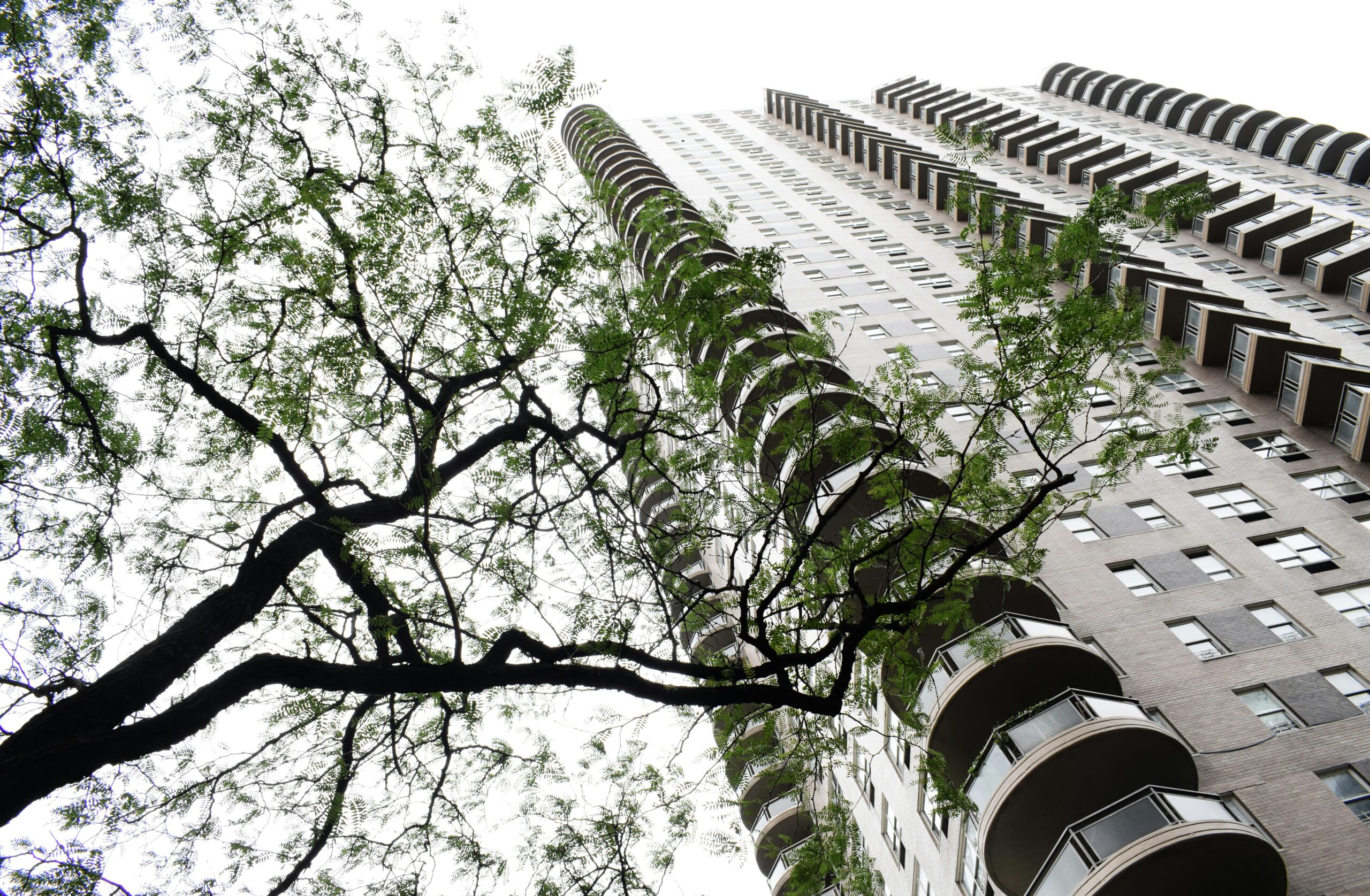
The real estate industry has always been a dynamic, ever-evolving landscape. From economic fluctuations to shifting buyer priorities, developers and investors face constant pressure to adapt. But in today’s world, sustainable growth isn’t just a buzzword — it’s becoming the foundation for long-term success. Whether you’re a property developer, investor, or real estate professional, building resilience is key to thriving in competitive markets.
1. Rethinking Success Beyond Short-Term Gains
For decades, the real estate game has been about quick returns: buy low, sell high, and move on. But markets are more volatile now, and communities expect more. Success is no longer measured solely by profit margins — it’s about durability, community impact, and adaptability.
Take, for example, cities like Copenhagen or Singapore, where real estate strategies include long-term urban planning, sustainable building codes, and integrated green spaces. These forward-thinking approaches create environments where properties retain their value even through economic downturns.
2. The Role of Smart Urban Planning
Sustainable growth starts before the first brick is laid. Smart urban planning aligns development with long-term community needs — not just current trends. This means considering infrastructure, transport links, access to green areas, and resource efficiency from the outset.
A good example is mixed-use developments that blend residential, commercial, and recreational spaces. These neighborhoods tend to be more resilient because they encourage local economic activity, reduce commuting time, and foster community interaction — making them attractive places to live even in uncertain markets.
3. Green Building as a Competitive Advantage
Eco-friendly features are no longer “nice to have” — they’re deal-breakers for many buyers and tenants. Energy-efficient systems, solar panels, water recycling, and sustainable materials don’t just reduce environmental impact; they lower operating costs and boost property value over time.
For instance, buildings certified with standards like LEED or BREEAM often enjoy higher occupancy rates and command premium prices. In competitive markets, these green credentials can set a property apart and attract environmentally conscious investors and residents.
4. Building Flexibility Into Design
The way people use spaces is changing fast — think of the rise of remote work, shared living, and hybrid retail spaces. Properties designed with flexibility in mind can adapt to these shifts without requiring expensive overhauls.
Imagine an office building with modular floor plans that can easily convert into co-working hubs or residential units if market demand shifts. This kind of foresight builds resilience into the asset itself, allowing developers to pivot without starting from scratch.
5. Community Engagement Creates Stability
A resilient real estate project isn’t just a physical structure; it’s part of a living community. Developers who engage with local residents early on — listening to their concerns, integrating feedback, and supporting community needs — often find their projects enjoy smoother approvals and stronger local support.
When a development is seen as “for the community” rather than “imposed on it,” it tends to attract loyal tenants and maintain steady occupancy, even during downturns. A great example is neighborhood-driven housing cooperatives in Germany, which have stood strong through multiple economic cycles thanks to deep community roots.
6. Technology as a Catalyst for Efficiency
Modern technology is playing a huge role in making real estate more sustainable and competitive. Smart building systems can monitor energy use, automate lighting and climate control, and flag maintenance issues before they become costly repairs.
Data analytics can also help developers predict market shifts and make informed investment decisions. For example, using predictive models to identify neighborhoods with rising demand allows for more strategic development and less guesswork — a crucial factor in building resilient portfolios.
7. Navigating Financial Pressures With Long-Term Thinking
Sustainability isn’t only about design and technology — it’s also about financial strategy. In hot markets, it’s tempting to overleverage or cut corners to secure quick wins. However, resilient real estate players adopt a long-term view: stable financing, diversified portfolios, and realistic projections.
Consider how some developers weathered the 2008 housing crisis. Those with lower debt ratios and diversified assets were able to hold onto properties, ride out the storm, and emerge stronger. Their resilience wasn’t luck — it was deliberate financial planning.
8. Leading the Market Through Vision, Not Reaction
Competitive markets reward those who innovate rather than simply react. Forward-thinking developers anticipate future needs — like climate adaptation, demographic shifts, or new mobility trends — and act before the competition.
For example, waterfront developments that incorporate flood-resistant architecture are becoming highly sought after in regions facing rising sea levels. These projects don’t just solve a problem; they set new standards that others must follow, giving early adopters a leadership edge.
Final Thoughts
Sustainable growth in real estate isn’t about choosing between profit and responsibility — it’s about aligning both. By integrating thoughtful planning, green technologies, financial prudence, and community engagement, developers and investors can build portfolios that don’t just survive competitive markets — they thrive in them.
The future belongs to those who see real estate not just as a commodity, but as a long-term contributor to thriving, resilient communities. And in that future, sustainability isn’t a side note. It’s the headline.